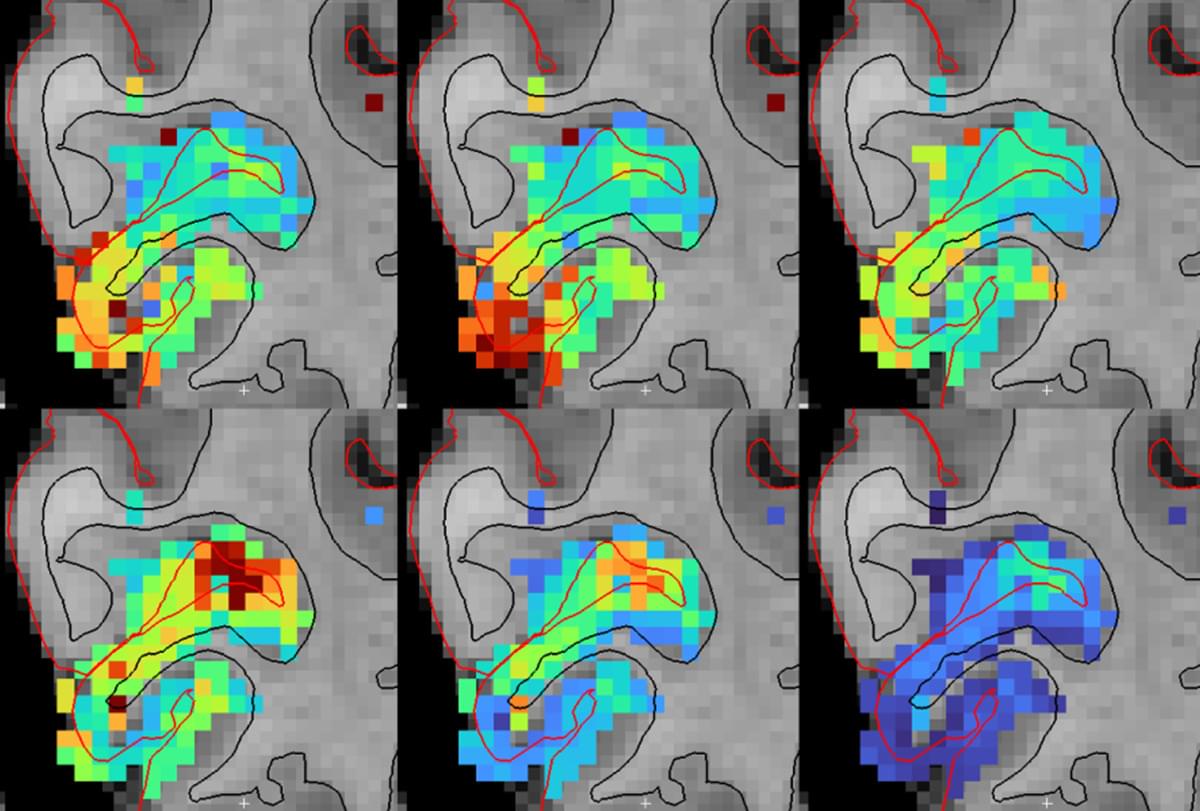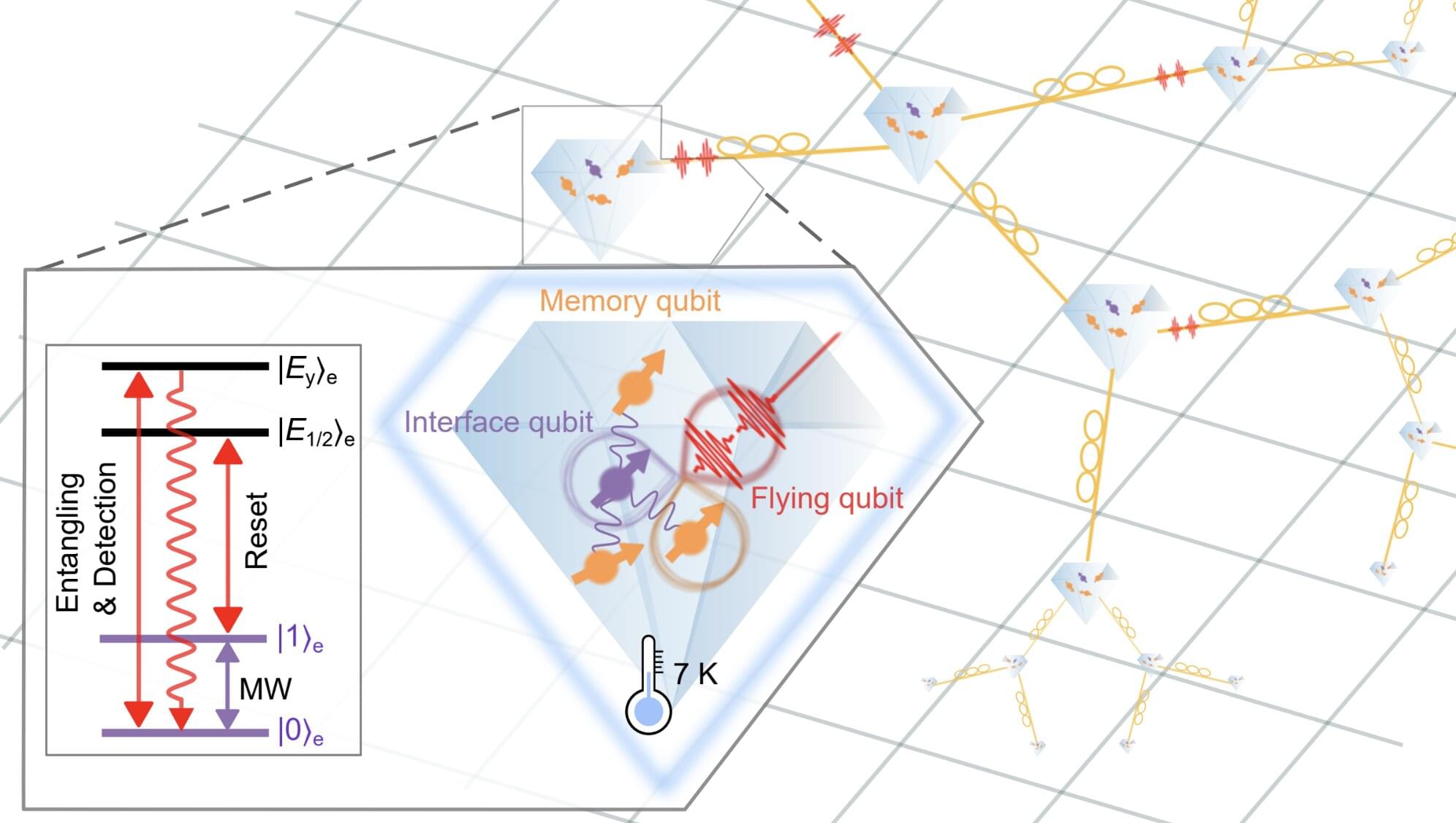The focus is on K-12 education, but the draft order says, “Our Nation must also make resources available for lifelong learners to develop new skills for a changing workforce.”


Main episode with Michael Levin: https://www.youtube.com/watch?v=2aLhkm6QUgA&t=3255s.
As a listener of TOE you can get a special 20% off discount to The Economist and all it has to offer! Visit https://www.economist.com/toe.
Join My New Substack (Personal Writings): https://curtjaimungal.substack.com.
Listen on Spotify: https://tinyurl.com/SpotifyTOE
Become a YouTube Member (Early Access Videos):
https://www.youtube.com/channel/UCdWIQh9DGG6uhJk8eyIFl1w/join.
Support TOE on Patreon: https://patreon.com/curtjaimungal.




Quantum technologies, which operate leveraging quantum mechanical phenomena, have the potential to outperform their classical counterparts in some optimization and computational tasks. These technologies include so-called quantum networks, systems designed to transmit information between interconnected nodes and process it, using quantum phenomena such as entanglement and superposition.
Quantum networks could eventually contribute to the advancement of communications, sensing and computing. Before this can happen, however, existing systems will need to be improved and perfected, to ensure that they can transfer and process data both reliably and efficiently, minimizing errors.
Researchers at Tsinghua University, Hefei National Laboratory and the Beijing Academy of Quantum Information Sciences recently demonstrated the coherent control of a hybrid and scalable quantum network node. Their demonstration, outlined in Nature Physics, was realized by combining solutions and techniques that they developed as part of their earlier work.

The fractional quantum anomalous Hall (FQAH) effect was recently discovered in twisted MoTe2 bilayers (tMoTe2)1–4. Experiments to date have revealed Chern insulators from hole doping at ν =-1,-2/3,-3/5, and-4/7 (per moiré unit cell) 1–6. In parallel, theories predict that, between v =-1 and-3, there exist exotic quantum phases 7–15, such as the coveted fractional topological insulators (FTI), fractional quantum spin Hall (FQSH) states, and non-abelian fractional states. Here we employ transient optical spectroscopy 16,17 on tMoTe2 to reveal nearly 20 hidden states at fractional fillings that are absent in static optical sensing or transport measurements. A pump pulse selectively excites charge across the correlated or pseudo gaps, leading to the disordering (melting) of correlated states 18. A probe pulse detects the subsequent melting and recovery dynamics via exciton and trion sensing 1,3,19–21. Besides the known states, we observe additional fractional fillings between ν = 0 and-1 and a large number of states on the electron doping side (ν 0). Most importantly, we observe new states at fractional fillings of the Chern bands at ν =-4/3,-3/2,-5/3,-7/3,-5/2, and-8/3. These states are potential candidates for the predicted exotic topological phases 7–15. Moreover, we show that melting of correlated states occurs on two distinct time scales, 2–4 ps and 180–270 ps, attributed to electronic and phonon mechanisms, respectively. We discuss the differing dynamics of the electron and hole doped states from the distinct moiré conduction and valence bands.

Using spill-treating agents to clean up oil spills does not significantly hinder naturally occurring oil biodegradation, according to a new study. The research, published in Applied and Environmental Microbiology, provides information that will be useful in future oil spills.
Biodegradation is an incredibly important natural process when it comes to oil spill cleanup. A significant portion of the oil can be permanently removed from the contaminated area through microbial activity. On-scene coordinators and other first responders must weigh the benefits against potential risks of any response action, such as using spill-treating agents. Emergency response actions to oil spills vary widely depending on the scale of an oil spill, location and environmental conditions.
Different treating agents serve different functions. Oil dispersants break the oil into smaller droplets. Surface washing agents lift stranded oil from solid substrates. Chemical herders corral oil into a thicker slick to ease mechanical removal and can also enhance burning efficiency.

Chemists have confirmed a 67-year-old theory about vitamin B1 by stabilizing a reactive molecule in water—a feat long thought impossible. The discovery not only solves a biochemical mystery, but also opens the door to greener, more efficient ways of making pharmaceuticals.
The molecule in question is a carbene, a type of carbon atom with only six valence electrons. Generally, carbon is stable with eight electrons around it. With only six electrons, it is chemically unstable and highly reactive. In water, it usually decomposes instantly. But for decades, scientists have suspected that vitamin B1, also known as thiamine, may form a carbene-like structure in our cells to carry out vital reactions in the body.
Now, for the first time, researchers have not only generated a stable carbene in water, they’ve also isolated it, sealed it in a tube, and watched it stay intact for months. This discovery is documented in a paper published last week in Science Advances.
